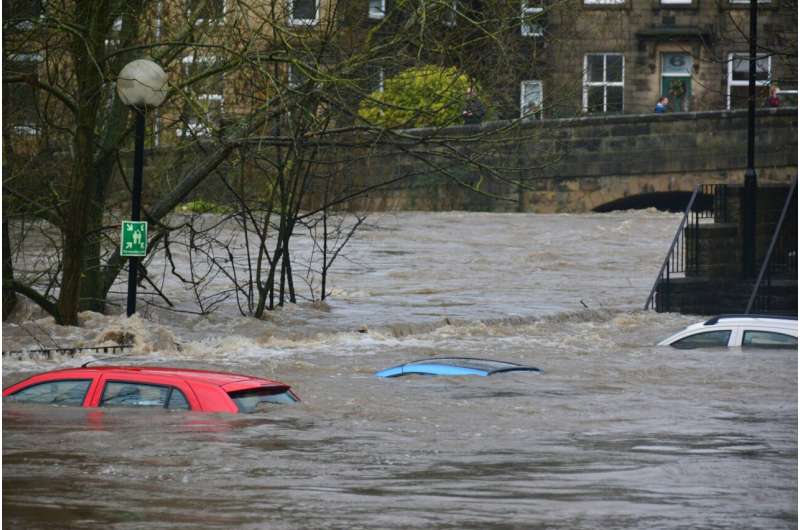
Years ago, I was teaching a group of fourth-graders about the forest ecosystem. The students walked through trails at the Homer Lake Forest Preserve looking for signs that animals left behind and identifying trees by their leaves, bark and seeds. They had been studying forests in school, focusing on their importance, the layers of the forests and plants, and the animals that can be found in them.
At one point, I took the students off-trail to turn over logs and look for decomposers. When I turned over the first log, it was teeming with roly-polies, centipedes, millipedes and a whole lot of fungus. One student who had been quiet up until this point squatted down to look closer.

Their face lit up as they started talking about what they had been learning about in class, decomposers! At that moment, the student understood the connection to what they learned about in school. The forest became an extension of their classroom. This is the essence of experiential learning, or the process of learning by doing.
When students engage in hands-on activities, they become active participants in their learning. This means students form deeper connections with the concepts they’ve studied, making their education both more meaningful and memorable. Experiential learning has many benefits for students of all ages, including deepening understanding, enhancing engagement and developing critical thinking skills.
This type of learning can take place through field trips, service opportunities and internships. Many of us have vivid memories of our field trips from elementary or middle school. For example, I distinctly recall visiting Shedd Aquarium in Chicago, where up I got up close to octopi, jellyfish and sea stars.
This visit deepened my existing love for nature and ignited my passion to explore and learn more about the diverse flora and fauna of our world. At Champaign County Forest Preserves, we’re proud to supplement the outstanding work of educators by offering enriching, hands-on learning opportunities that bring classroom concepts to life. Our forest preserves provide a dynamic environment where students can explore and connect with nature and history in meaningful ways.
We align all our school program offerings with state and federal standards, including Common Core and Next Generation Science Standards, ensuring our programs support and enhance the curriculum educators work hard to deliver. From preschool through 12th grade, our programs range from studying local flora and fauna to exploring the lives of the early people of Illinois. To learn more about how we can complement your educational efforts, visit champaignforests.
org , and click on “Resources,” then “School Programs.” The memory of that student’s excitement has stayed with me for years, just as my own childhood memories of field trips have. It’s moments like these that highlight the true value of experiential learning.
When students can see, touch and engage with the world around them, their understanding deepens, and their curiosity grows. For that student, the forest became more than just a subject in a textbook — it became a living classroom where knowledge came to life. At Champaign County Forest Preserves, we’re dedicated to providing these kinds of experiences for students of all ages.
Whether through field trips or weekend visits to the preserves, we offer countless opportunities to explore, learn and connect with the natural and historical world. I encourage educators and families to take advantage of these resources. Bring your students or children to our preserves, and let them experience firsthand the wonders of the natural and cultural history of our area.
Visit champaignforests.org to discover the full range of programs we offer..














